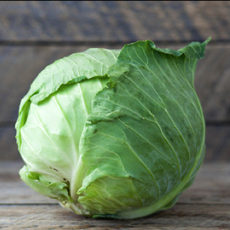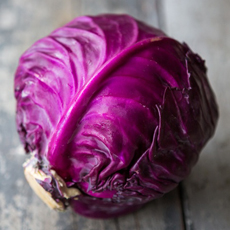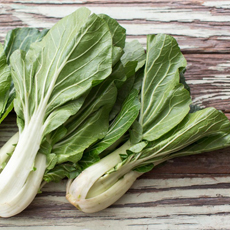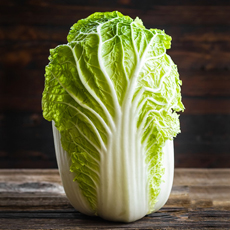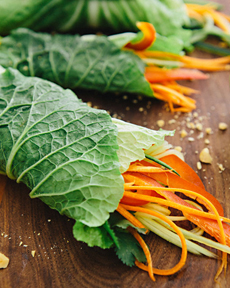TIP OF THE DAY: Make Cabbage The New Kale
|
|
St. Patrick’s Day evokes corned beef and cabbage—a dish the Irish learned in America, by the way, from immigrant Jews on New York’s Lower East Side. But we’d like to use the occasion for a plea:
Make cabbage the new kale. Even if you’re not tired of trendy kale, we sure are. We’re turning back the clock. We were a cabbage lover before we ever heard of kale. Coleslaw and Nana’s stuffed cabbage were favorites while we were still in kindergarten. Next came sauerkraut on hot dogs and the braised red cabbage served with Sauerbraten, the German classic that marinates beef in vinegar or wine. Like kale, cabbage is a brassica (cruciferous vegetable), packed with anticarcinogen antioxidants. It even has fewer calories. Here’s a nutritional comparison. Eat This Not That highlights 10 greens that are healthier than kale. (This article, based on a report from the Centers For Disease Control [CDC], begs the question: When will chard become the next supergreen?) Finally, it’s a much more versatile ingredient, as you’ll discover when you keep reading. With these choices, it doesn’t get dull: While they do have different flavors, bok choy and napa cabbage are interchangeable in stir-fries and braises. For starters: We’d love to know your favorite cabbage recipe. |
|
|
_______________________________
*The Brassica family of cruciferous vegetables includes arugula, bok choy, broccoli, Brussels sprouts, cauliflower, cabbage, horseradish/wasabi, kale, kohlrabi, mustard, rapeseed/canola, rapini, rutabaga and turnips, among others. †Here, “napa” does not refer to California’s Napa Valley. The word originates from a Japanese term that refers to the leaves of vegetables that are edible. The variety originated near Beijing, China. |
||
|
RECIPE: THAI STEAK SALAD WITH RED CABBAGE In addition to Thai salads with cabbage and stuffed cabbage, we now regularly make cabbage wraps. Thanks to Quinciple, a weekly curated delivery of farmer’s market produce, for this recipe. Ingredients For 1-3 Servings‡ 1. SEASON the steak generously on both sides with salt and pepper. In a large skillet with just a few drops of oil in it, sear the steak on each side for 2 to 3 minutes, or longer for more well-done beef. Sirloin tastes best when cooked hot and fast to medium rare. Let the steak cool while you prepare the rest of the salad. 2. WHISK together the juice from the lime, the soy sauce, fish sauce, shallot, and olive oil. Taste and adjust the seasoning. 3. SLICE the steak thinly. Toss the greens and cabbage with the dressing. Divide the salad between two plates and top with the steak. Garnish with the mint, cilantro, and peanuts. |
 [6] Thai Steak Salad with red cabbage from Quinciple (photo © Farm To People).
|
|
|
__________________________ ‡Depending on whether you plan to serve the salad as a first course or a main.
|
||
